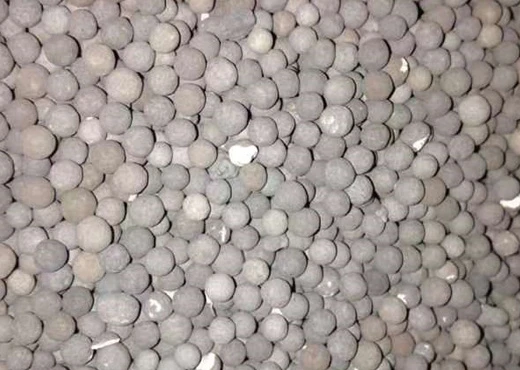
The palladium catalysts produced by chemical giant BASF are applied in various fields, including automobile exhaust, petrochemical hydrogenation refining, chemical synthesis, and specialized chemical production. DONGSHENG not only recovers palladium catalysts from BASF, but also from well-known brands such as Johnson Matthey, Umicore, and Heraeus.
1. Palladium content:
Automotive palladium catalyst: expressed in g/ft ┬│, is the core cost factor. In recent years, the palladium loading has significantly increased.
Industrial palladium catalyst: palladium content is optimized according to reaction requirements and economy.
Homogeneous catalyst/pre catalyst: given as the molar percentage or mass of palladium in the complex.
Palladium membrane: thickness, alloy composition.
2. Co catalyst/promoter
Automotive catalysts: CeO Ōéé - ZrO2 Ōéé (oxygen storage material), alkali metal/alkaline earth metal (improves stability, inhibits sintering).
Industrial hydrogenation catalyst: Adding a second metal (such as Ag, Au, Pb, Bi) to suppress excessive hydrogenation or improve sulfur resistance.
Oxidation catalyst: Add promoters such as Bi and Te.
3. Physical form
Automotive palladium catalyst: honeycomb ceramic/metal integral type.
Fixed bed palladium catalysts: spherical, cylindrical, clover shaped, extruded strips, etc.
Slurry bed palladium catalyst: powder (Pd/C is the most typical).
Homogeneous palladium catalyst: solid complex or solution.
Membrane: thin sheet or tubular.